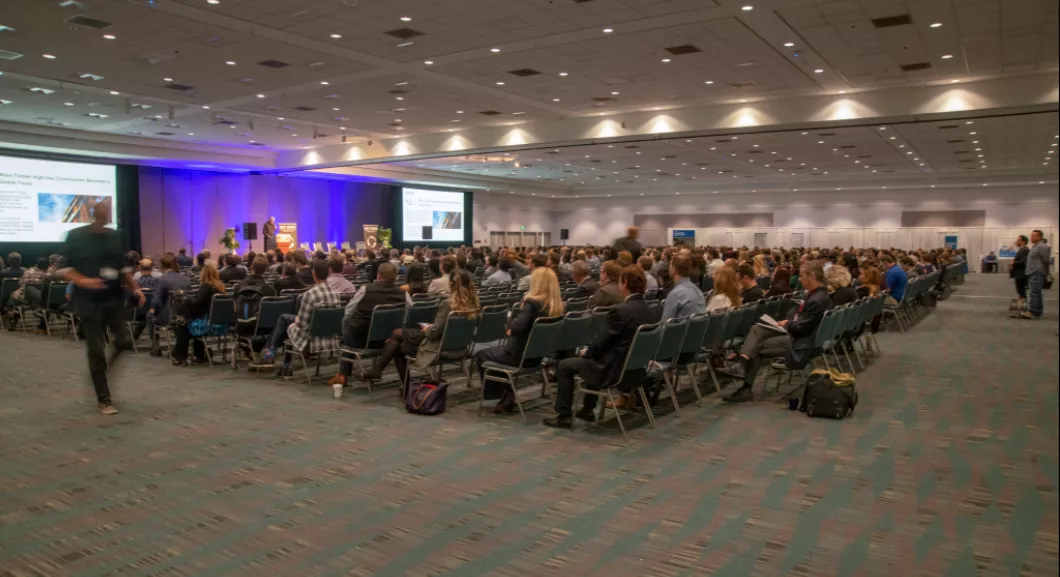October 24, 2019
The Net Zero 2019 Conference & Expo took place on Thursday, October 3rd at the LA Convention Center in downtown Los Angeles. NZ19 brought together some of the brightest minds in green building to talk about the past, present, and future of sustainable building operations and development. Keynotes from Ed Mazria (Founder & CEO, Architecture2030), Amanda Sturgeon (CEO, International Living Future Institute), and Terry Tamminen (Founder & President, Seventh Generation Advisors) provided powerful insights into green building, net zero design, and sustainability policy. Here’s what I took away from the event:
1. Morning Keynote Ed Mazria addressed the huge role California has on setting net zero trends. He mentioned that our state leads the way in sustainability and, to take advantage of our unique position, California should adopt a new ZERO code. The ZERO Code, which can be adopted immediately, integrates cost-effective energy efficiency measures with on-site and/or off-site renewable energy requirements resulting in Zero-Net-Carbon (ZNC) buildings.
“What happens in California goes global,” Mazria said.
2. “Climate change is a made man problem with a feminine solution” A quote by Morgan Dixon that Amanda Sturgeon shared with the room. She raised questions such as: Why are our youth the ones leading the climate movement? Where are the adults? And why are we not fighting? Kids like Greta Thunberg are showing us how we cannot continue with business as usual. Her keynote stressed that a new, action-based approach is essential and that it is essential that women of color have a voice in the sustainability movement.
3. Released in April, LA’s Green New Deal evolved from the sustainability plan developed 4 years earlier. The issue of climate change has evolved dramatically in the last 4 years and this plan needed a complete revamp. The deal aims to create a net-zero future by going carbon-free and electric. The city committed to upholding the Paris Climate Agreement and will do so by prioritizing the needs of the more vulnerable communities to the continued effects of climate change, ensuring a green economy where everyone has a place in society, and leading by example. It looks to incentivize, encourage and require buildings that support health, clean-energy transit, and a sustainable food system.
4. Both operational carbon and embodied carbon matter when reducing emissions. Net zero buildings often focus on the operational side, but that’s only half the story. In the next decade, experts project that 72% of building emissions will come from embodied carbon. By transforming our building materials and construction industry, decarbonizing our grid, advancing electrification, and designing for flexibility, we can move toward true zero carbon emissions.
5. Construction strongly impacts communities in more ways than what it seems. The production of building materials is one of the primary sources of carbon emissions, and the process needs to be adjusted to engage in more sustainable practices, to utilize fewer harming materials, and to better consider the health of those on-site.
6. Most speakers emphasized the importance of collaboration and partnership in leadership. Leading should be a team effort because sharing ideas generates better performance and more effective results.
